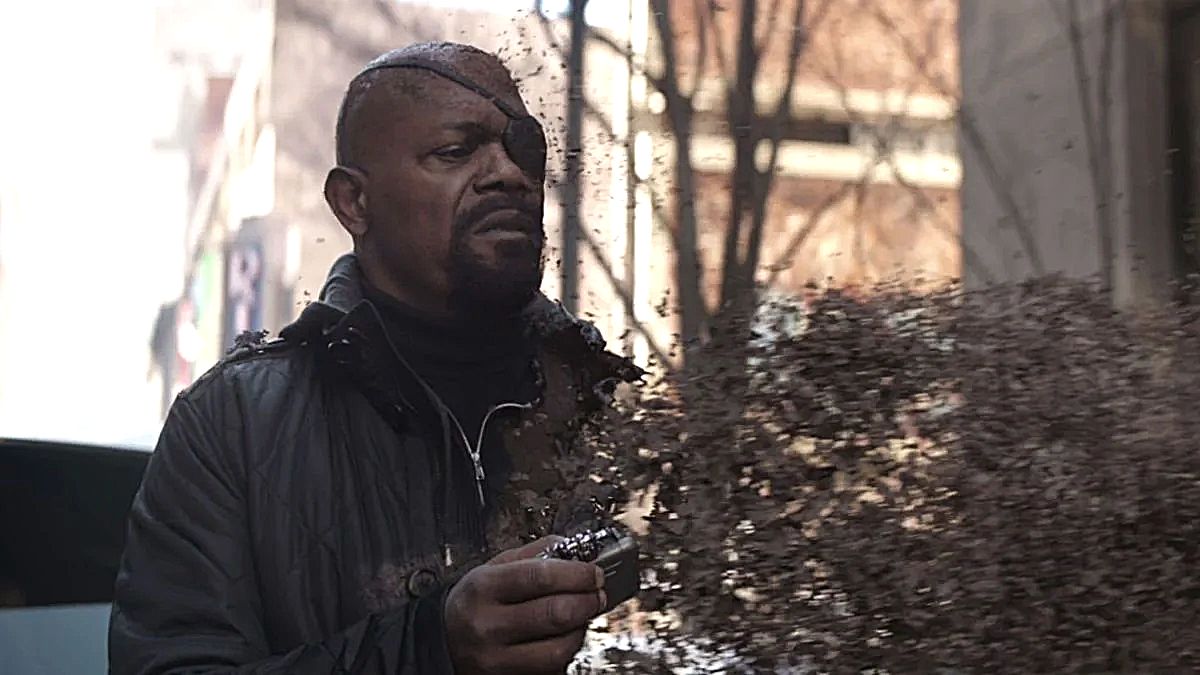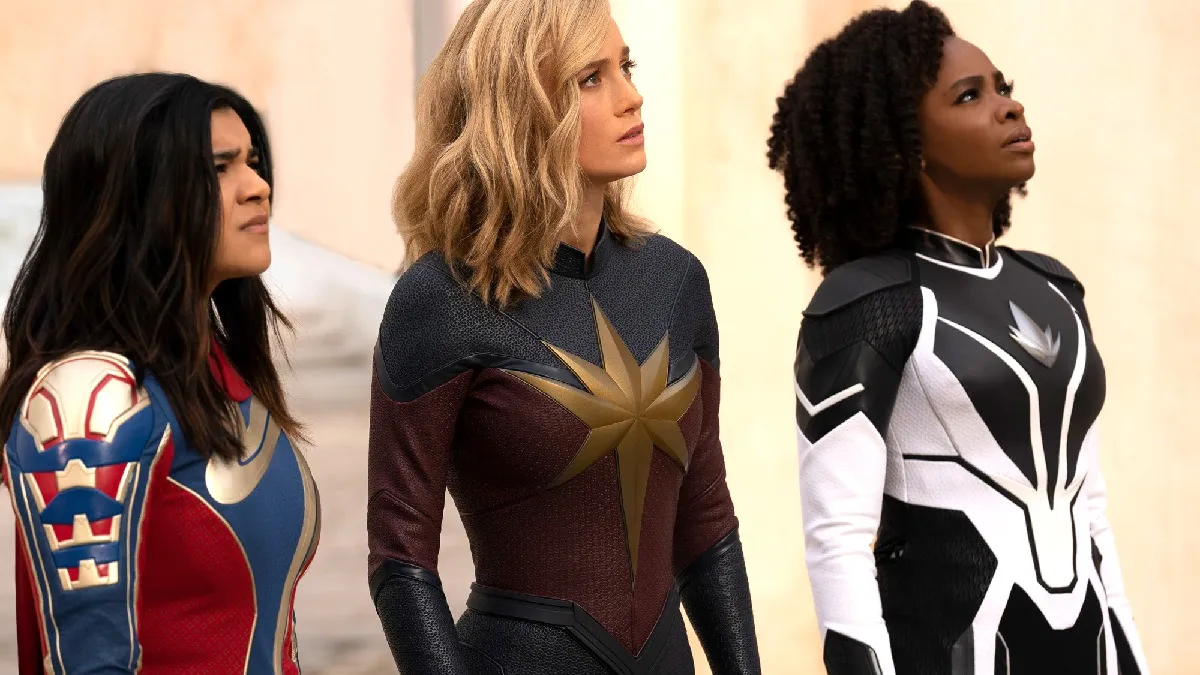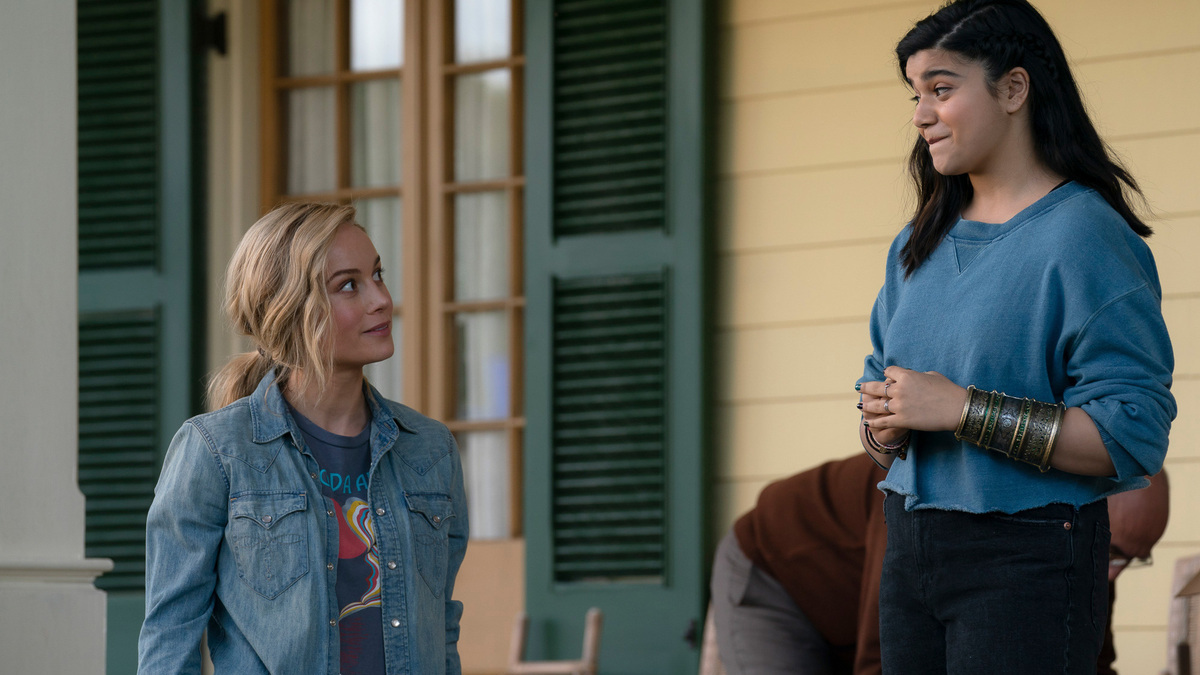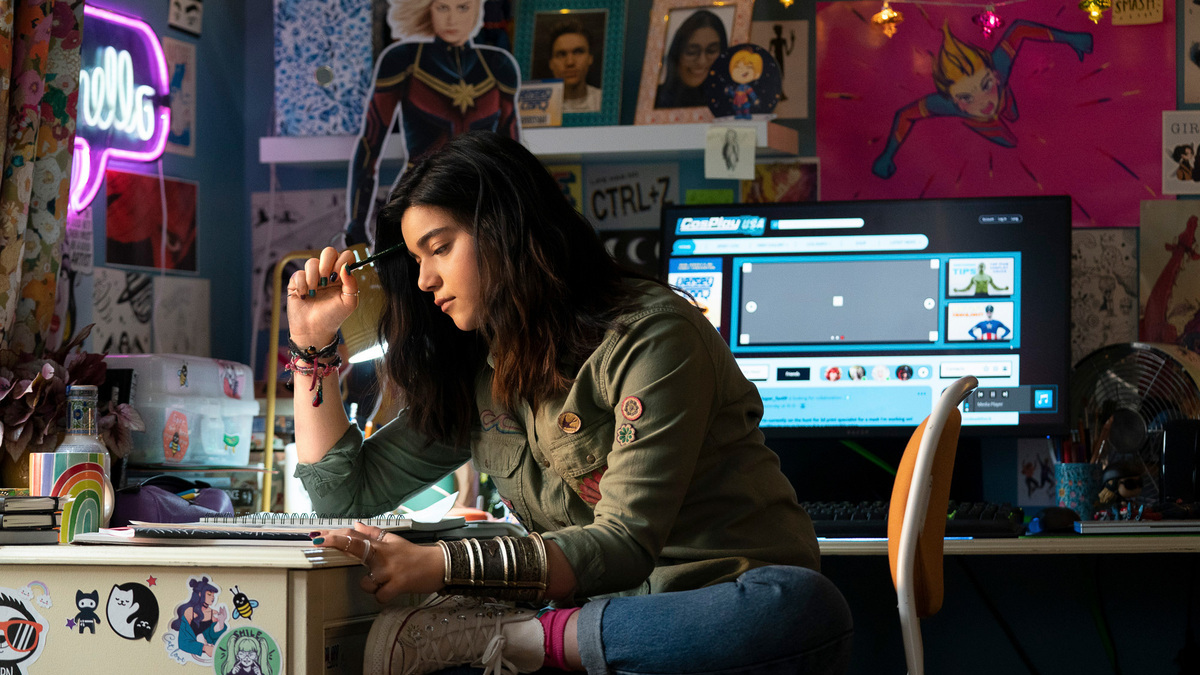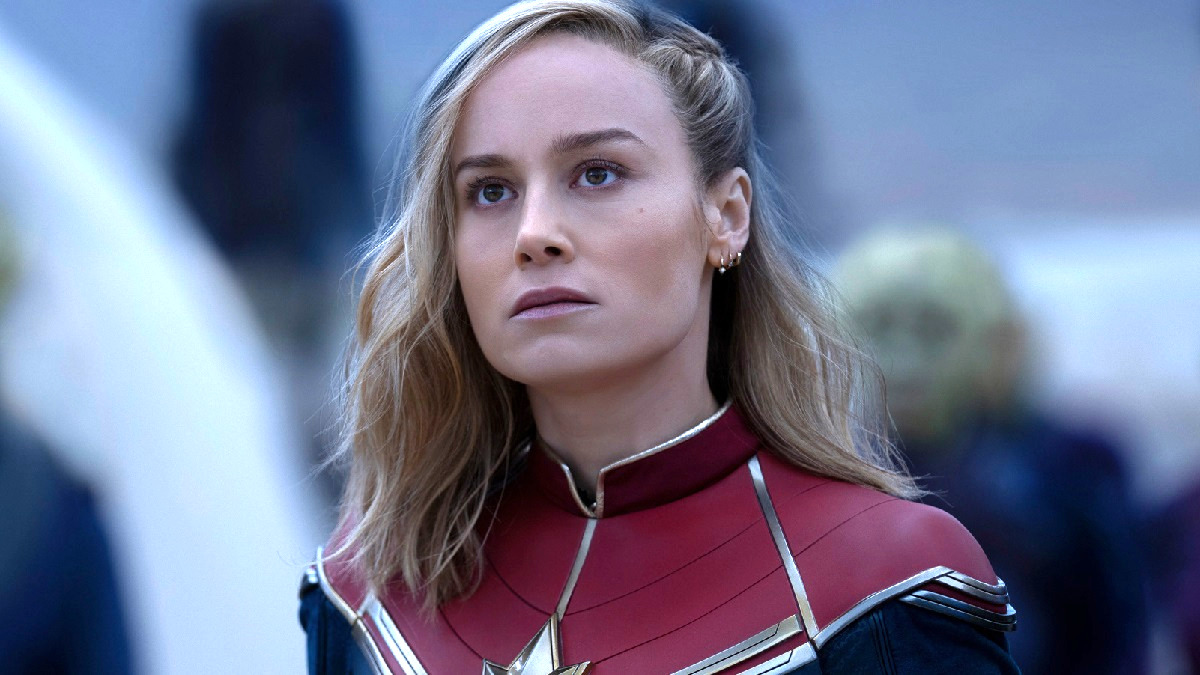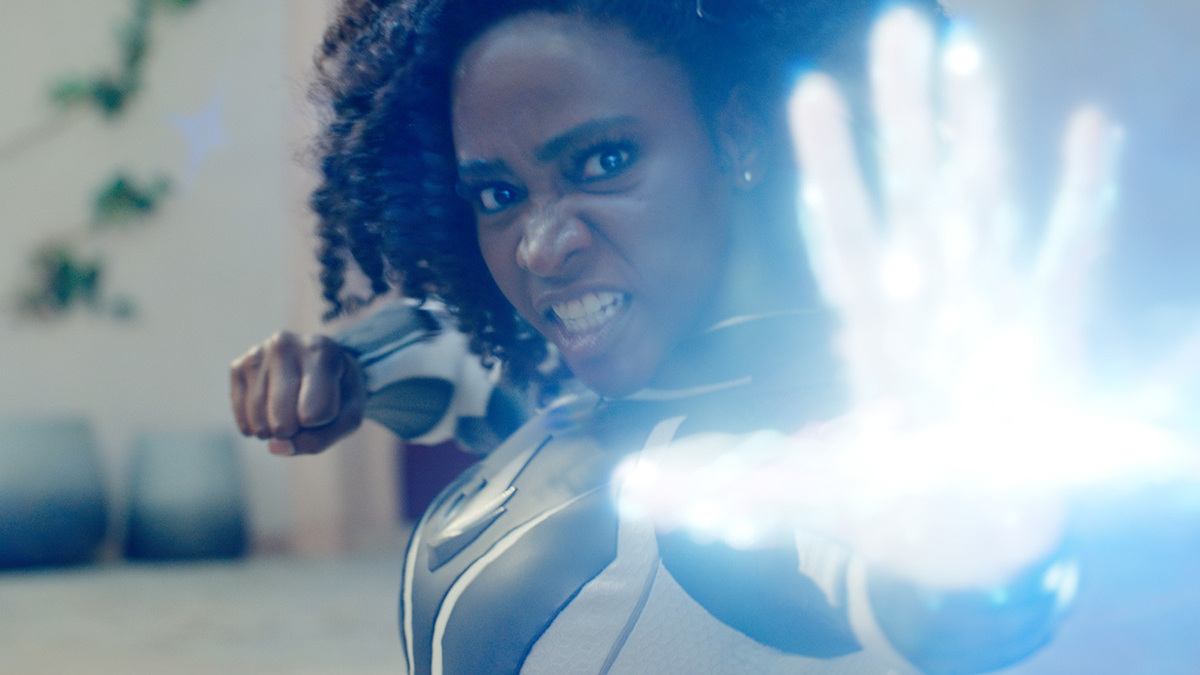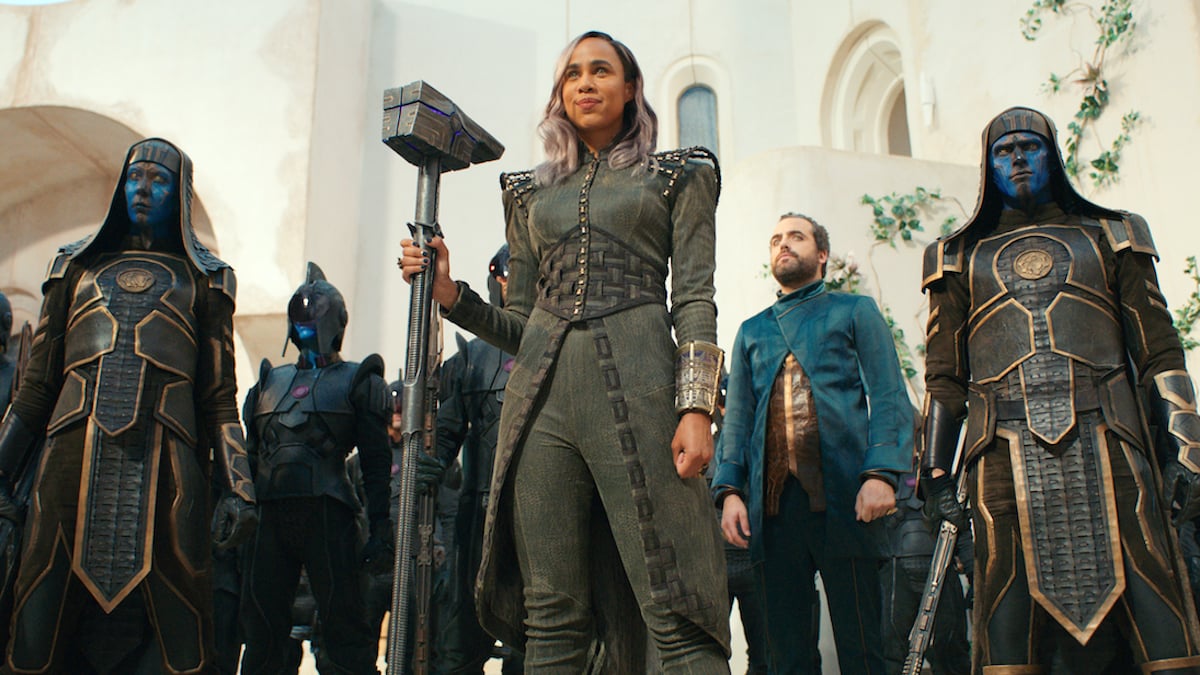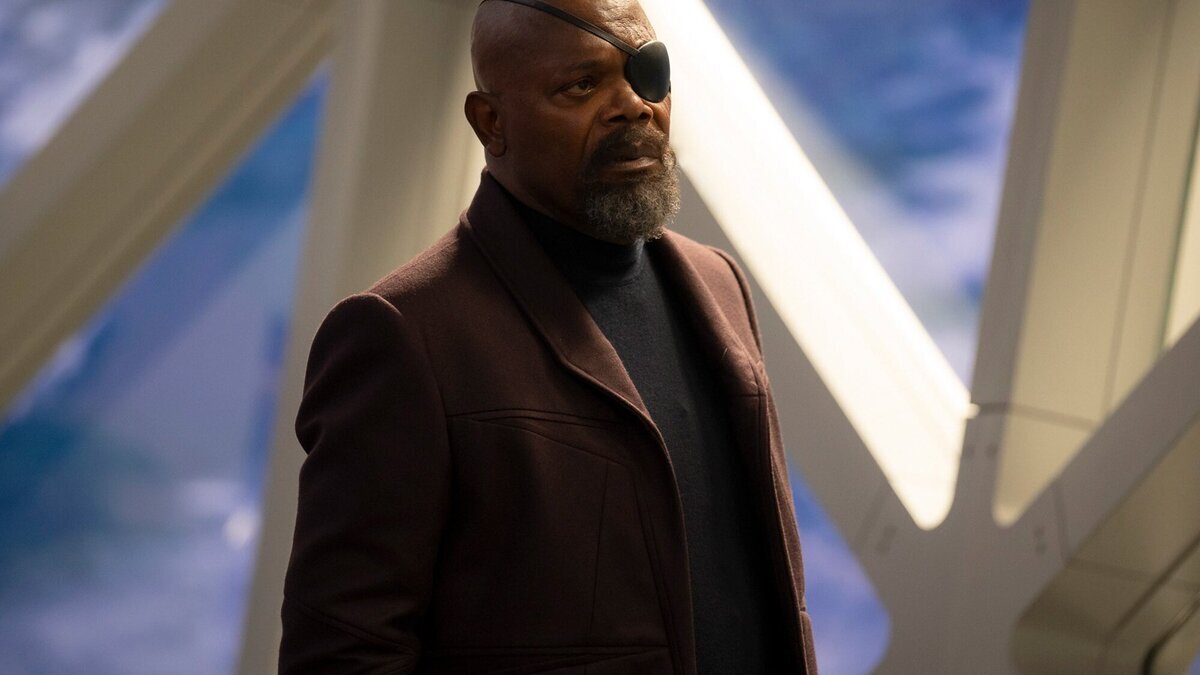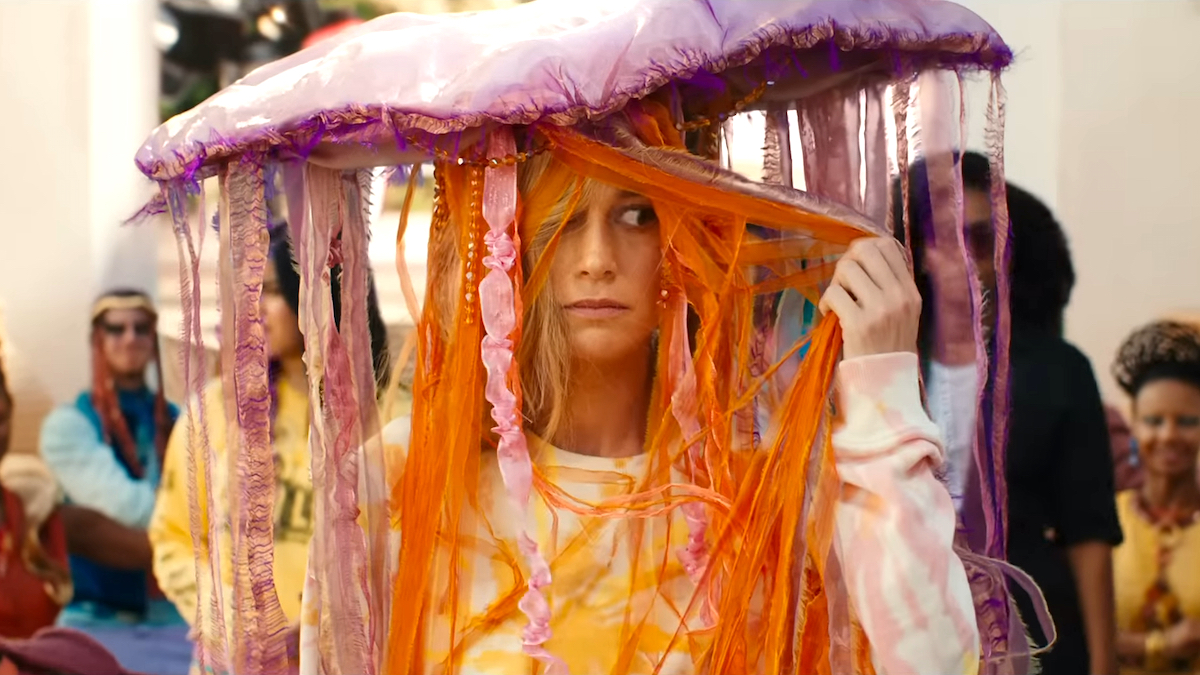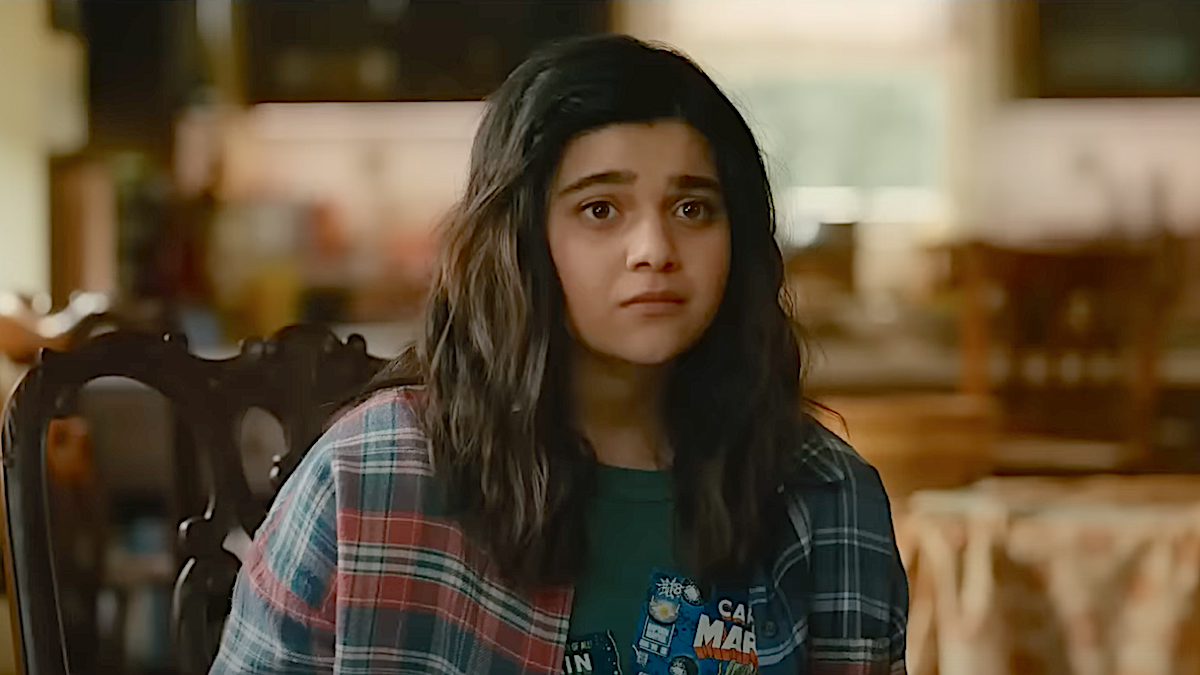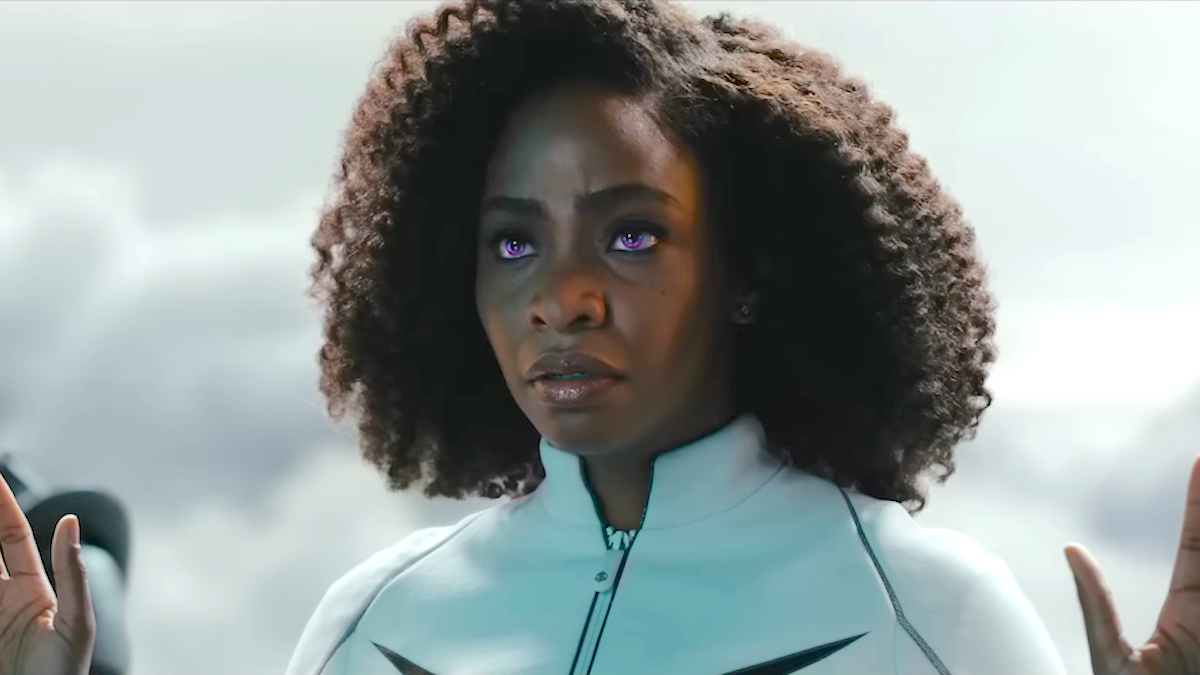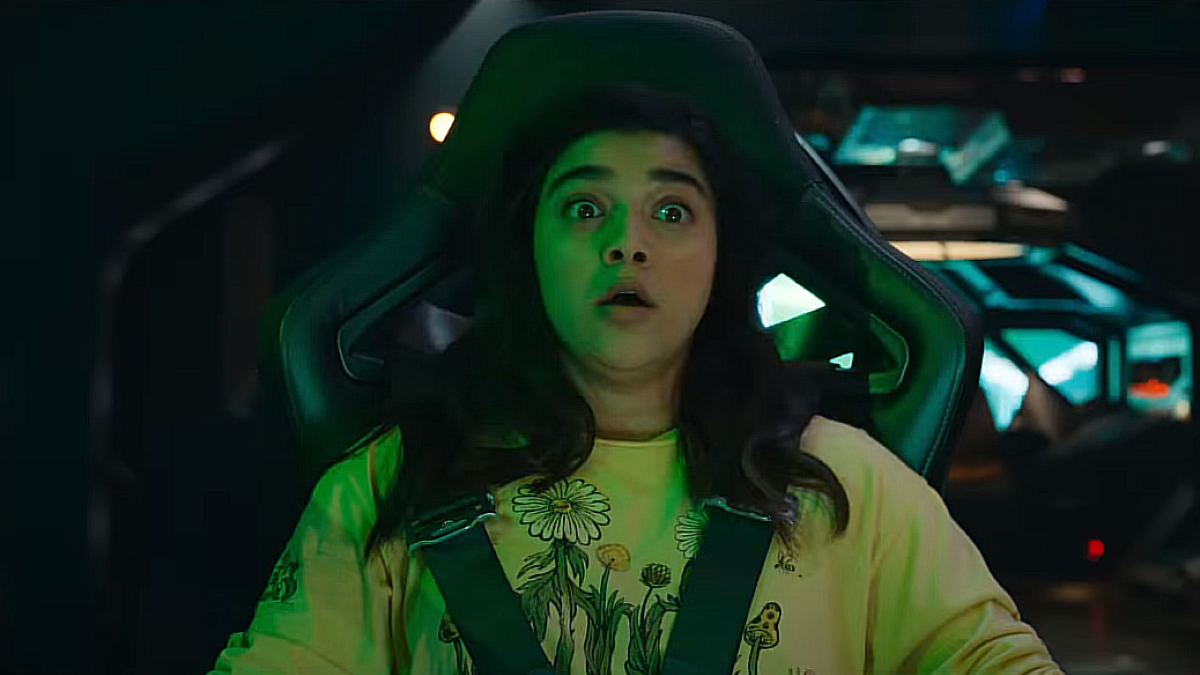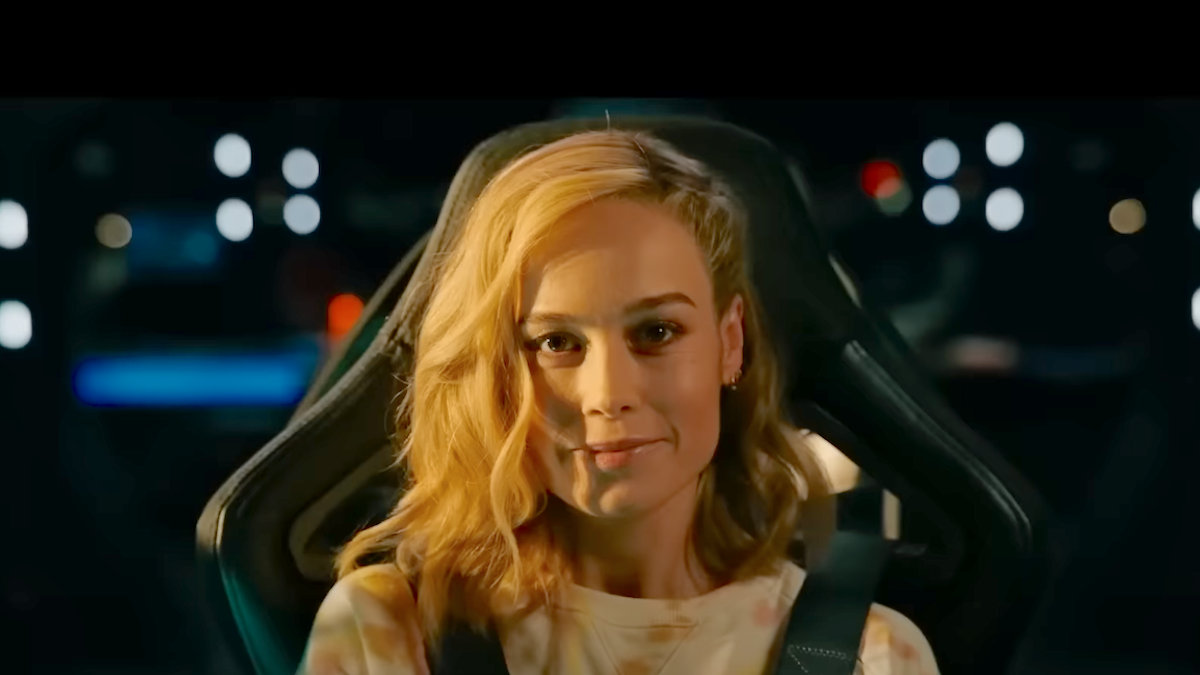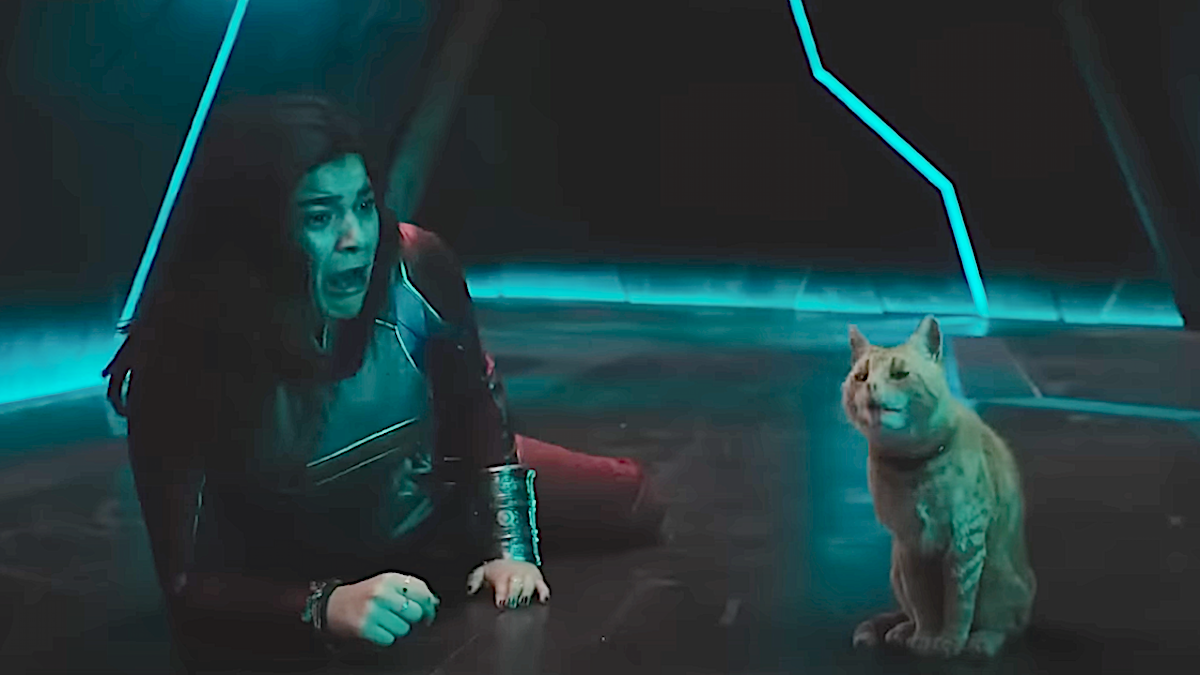The MCU has been trying to balance the expected spectacle of the superhero/action genre with relatable conflict for its characters pretty much since its inception. Despite the existence of aliens of all kinds, self-sufficient artificial intelligence killing robots, witches, time-traveling, and the multiverse, the characters in the MCU still often struggle with the same mundane, human feelings we all do.
From family drama, panic attacks, PTSD, and grief, to heartbreak, displacement, and racism, these are the things that connect audiences to the heroes, regardless of how cool their superpowers might be.
In The Blip, the MCU had a well of great conflict to pull from, but the franchise became distracted with setting up the concept of the multiverse and introducing far too many new characters. Having Secret Invasion focus so much on the aftermath of the life-changing event from Infinity War and Endgame has felt almost like whiplash, given how long it had been since any of the universe’s properties had lent some real thought to the matter.
In Secret Invasion, Nick Fury is forced to grapple with his own mortality and defenselessness in the face of something as humbling as being dusted away with the snap of a finger. He’s clearly feeling run down by the events of the last few years, as those who care about him like Maria and Priscilla accuse him of running away from his problems and hiding out in space. Of course, in the MCU, that can’t be all there is to it, and the rise of an extreme organization of Skrulls trying to provoke the extinction of the human race becomes the catalyst to Fury finally facing his existential crisis head-on. Like he tells Olivia Colman’s Sonya Falsworth in episode five of the series, if he can’t deal with a problem he essentially helped create by himself, then maybe he really is “just dust.”
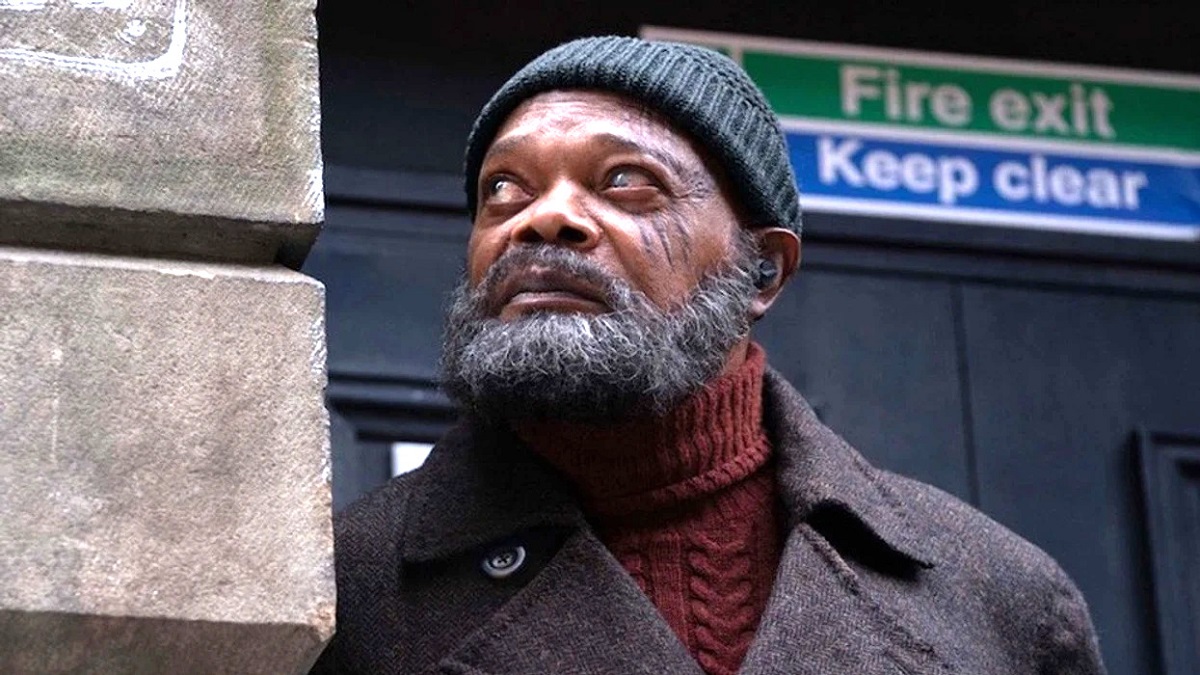
The tie-in to the Blip in Secret Invasion is brilliant, and it works really well to give Fury the character arc we’ve been waiting for. But it also begs the question of why the MCU took this long to tackle the traumatic aftermath of the Blip in any substantial way.
Don’t get me wrong, I found the Global Repatriation Council plot in The Falcon and The Winter Soldier fascinating. It made perfect sense that the Snap, and then the Blip, would have major political and socioeconomic consequences for the world at large. If anything, the show should have leaned even deeper into those questions than it did, with perhaps a few more episodes in the season.
Then there’s Peter Parker, Peter Quill, and Wanda all dealing with the grief of losing Tony, Gamora, and Vision, respectively. But those storylines never really touched on the effects of being turned to dust for five years. They’re not exclusive to the Blip and could easily be the result of any other previous catastrophic event in the MCU.
In truth, there has only been one other storyline besides Fury’s that has really explored the psychological trauma of being quite literally erased from existence for such a long time: Monica Rambeau’s in WandaVision. She comes back to life after half a decade to find her mother had died from cancer in her absence — a situation so despairing that it will likely be extending into The Marvels to become one of the film’s main conflicts. Little tidbits here and there like the National Blip Support Hotline, and the Blip Sync, which were included in Shang-Chi and the Legend of the Ten Rings, would have made for fantastic storylines if only we had actually been allowed to see them.
All this fallout should have been the main focus of Phases 4 and 5, instead of the Quantum Realm, and the Multiverse. We should have been allowed a closer look at how Earth and the characters were rebuilding themselves after five years of being put on pause. We saw what the Snap did to those left behind in Endgame, but we’ve hardly been shown how the ones who disappeared have dealt with the years they lost and the impotence of being snapped away.
Often, the problem with Marvel is that it is too busy looking to the future and setting up storylines that will only come to fruition in shows and films that are years away, to realize the narrative potential of its past. As one of the best outings of post-Endgame MCU so far, Secret Invasion is delivering on something that has been a long time coming — and just like The Falcon and The Winter Soldier, it probably needed a little more than six episodes to do its storylines justice.

